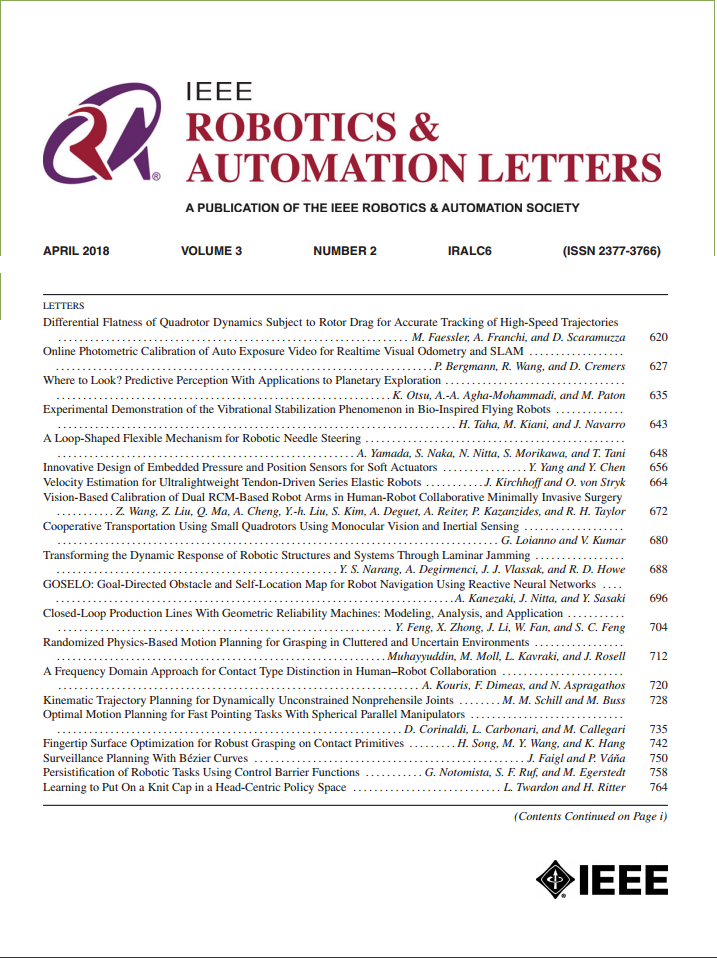Multi-Agent Generative Adversarial Interactive Self-Imitation Learning for AUV Formation Control and Obstacle Avoidance
IF 4.6
2区 计算机科学
Q2 ROBOTICS
引用次数: 0
Abstract
Multiple autonomous underwater vehicles (multi-AUVs) can cooperatively accomplish tasks that a single AUV cannot complete. Recently, multi-agent reinforcement learning has been introduced to control of multi-AUV. However, designing efficient reward functions for various tasks of multi-AUV control is difficult or even impractical. Multi-agent generative adversarial imitation learning (MAGAIL) allows multi-AUV to learn from expert demonstration instead of pre-defined reward functions, but suffers from the deficiency of requiring optimal demonstrations and not surpassing provided expert demonstrations. This letter builds upon the MAGAIL algorithm by proposing multi-agent generative adversarial interactive self-imitation learning (MAGAISIL), which can facilitate AUVs to learn policies by gradually replacing the provided sub-optimal demonstrations with self-generated good trajectories selected by a human trainer. Our experimental results in three multi-AUV formation control and obstacle avoidance tasks on the Gazebo platform with AUV simulator of our lab show that AUVs trained via MAGAISIL can surpass the provided sub-optimal expert demonstrations and reach a performance close to or even better than MAGAIL with optimal demonstrations. Further results indicate that AUVs' policies trained via MAGAISIL can adapt to complex and different tasks as well as MAGAIL learning from optimal demonstrations.求助全文
约1分钟内获得全文
求助全文
来源期刊

IEEE Robotics and Automation Letters
Computer Science-Computer Science Applications
CiteScore
9.60
自引率
15.40%
发文量
1428
期刊介绍:
The scope of this journal is to publish peer-reviewed articles that provide a timely and concise account of innovative research ideas and application results, reporting significant theoretical findings and application case studies in areas of robotics and automation.
 求助内容:
求助内容: 应助结果提醒方式:
应助结果提醒方式:


